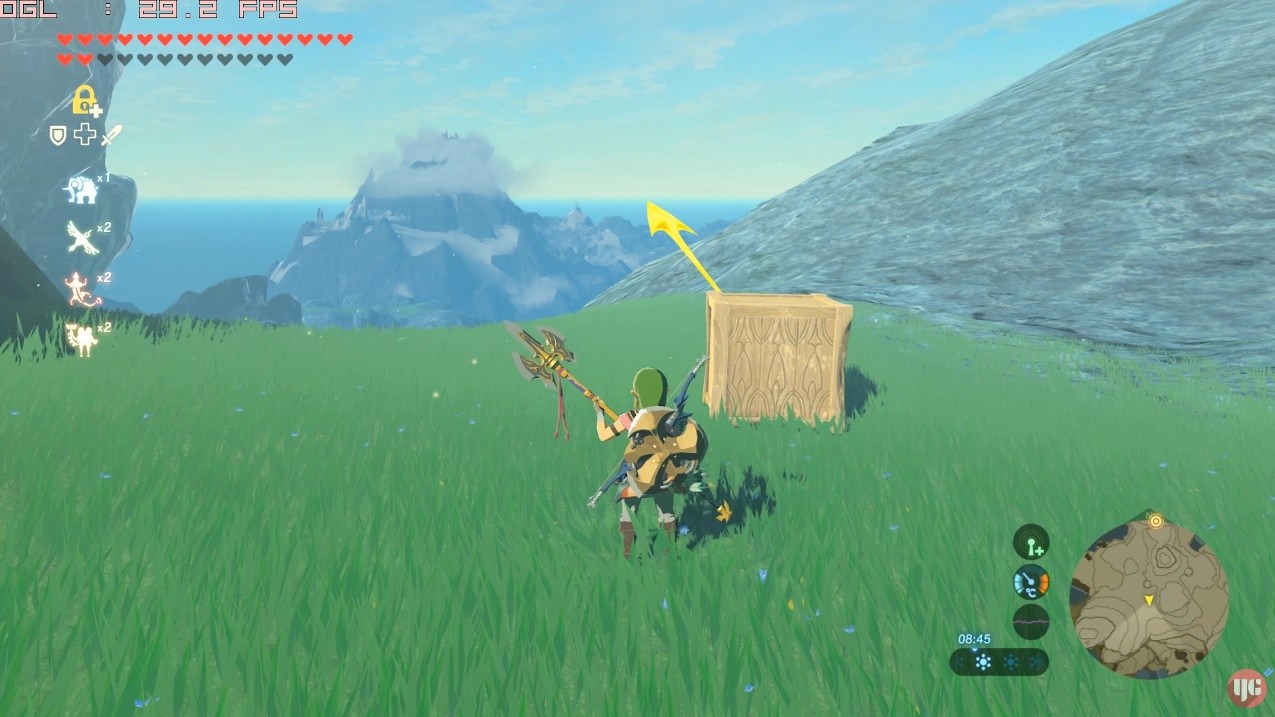

By cooking combinations of food or materials, the player can create meals and elixirs that can replenish Link's health and stamina, or provide temporary status bonuses such as increased strength or resistance to heat or cold. Players can obtain food from hunting animals, gathering wild fruit, or collecting parts of defeated enemies. Many items have multiple uses for example, wooden weapons can light fires, wooden shields can collect incoming enemy arrows, and shields can be used as makeshift snowboards. Unlike previous Zelda games, weapons and shields degrade through use.


Link can procure items from the environment, including weapons, food, and other resources.

These design approaches result in a generally unstructured and interactive world that rewards experimentation and allows for nonlinear completion of the story.Īs Link, players can perform actions such as running, climbing, swimming, and gliding with a paraglider, although Link is limited by his stamina. For example, during thunderstorms, metal objects will attract powerful lightning strikes during a storm, therefore, a player must be careful not to wear metal, but may also throw metal objects at enemies to draw lightning to them. The game also integrates a "chemistry engine" that defines the physical properties of most objects and governs how they interact with the player and one another. Breath of the Wild introduces a consistent physics engine to the Zelda series, letting players approach problems in different ways rather than trying to find a single solution. Breath of the Wild encourages nonlinear gameplay, which is illustrated by the game's lack of defined entrances or exits to areas, scant instruction given to the player, and encouragement to explore freely. Breath of the Wild is an action-adventure game set in an open world where players are tasked with exploring the kingdom of Hyrule while controlling Link.


 0 kommentar(er)
0 kommentar(er)
